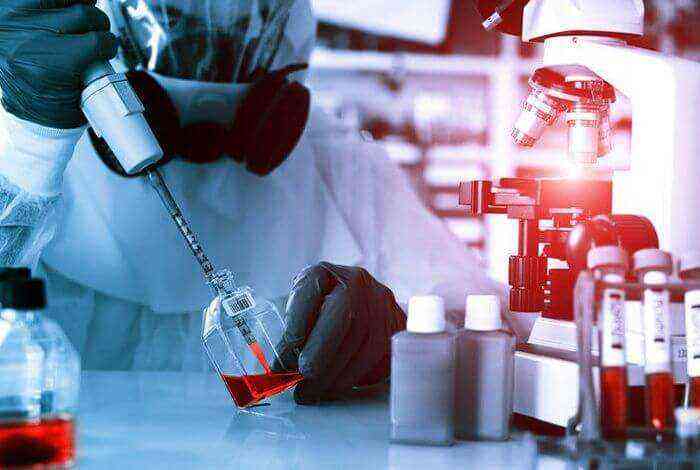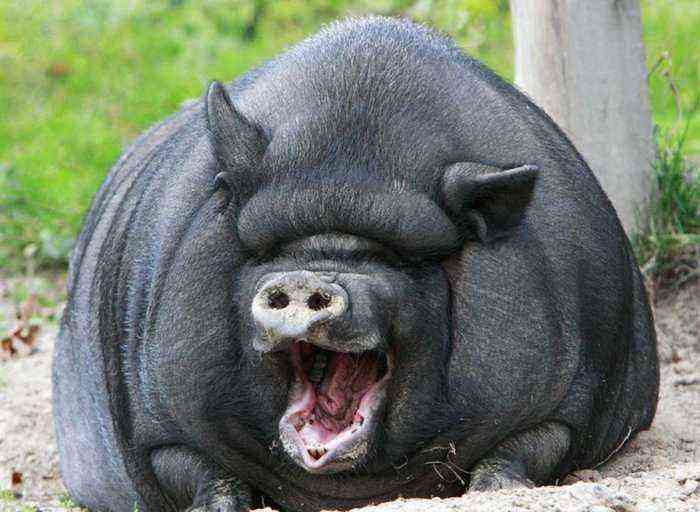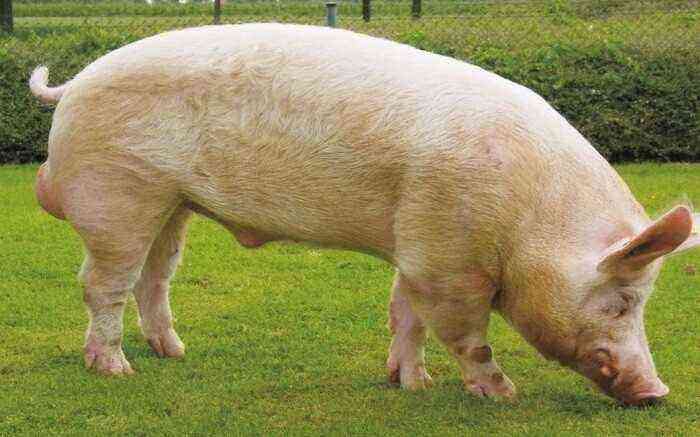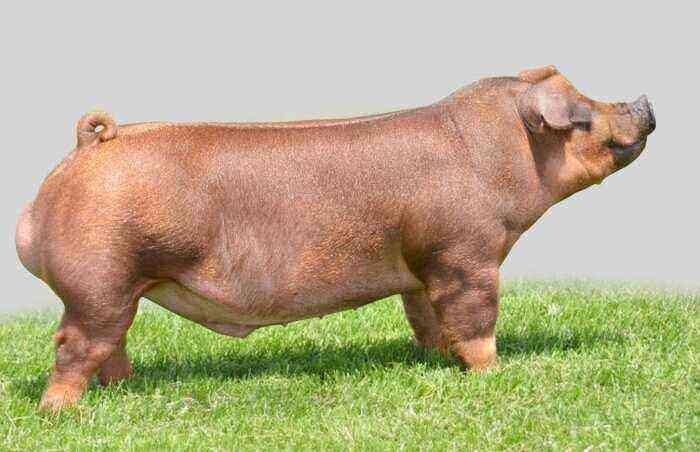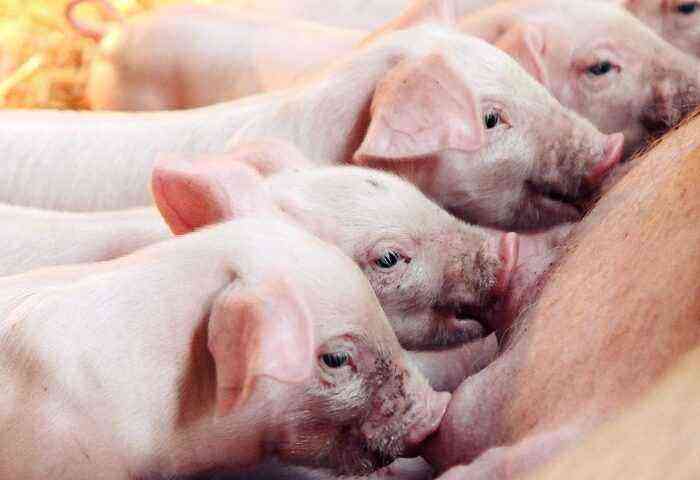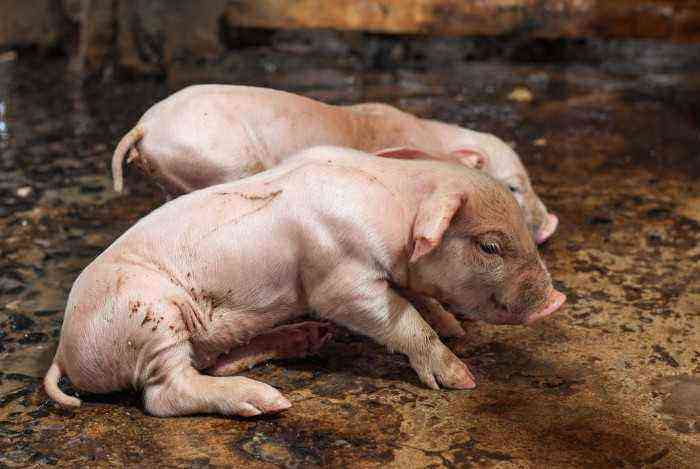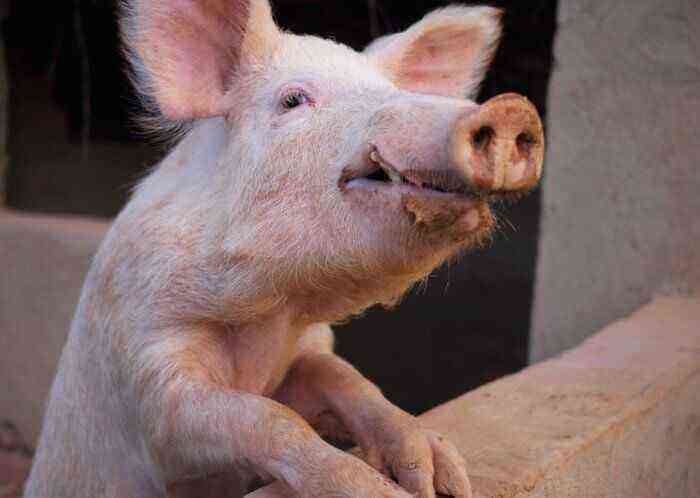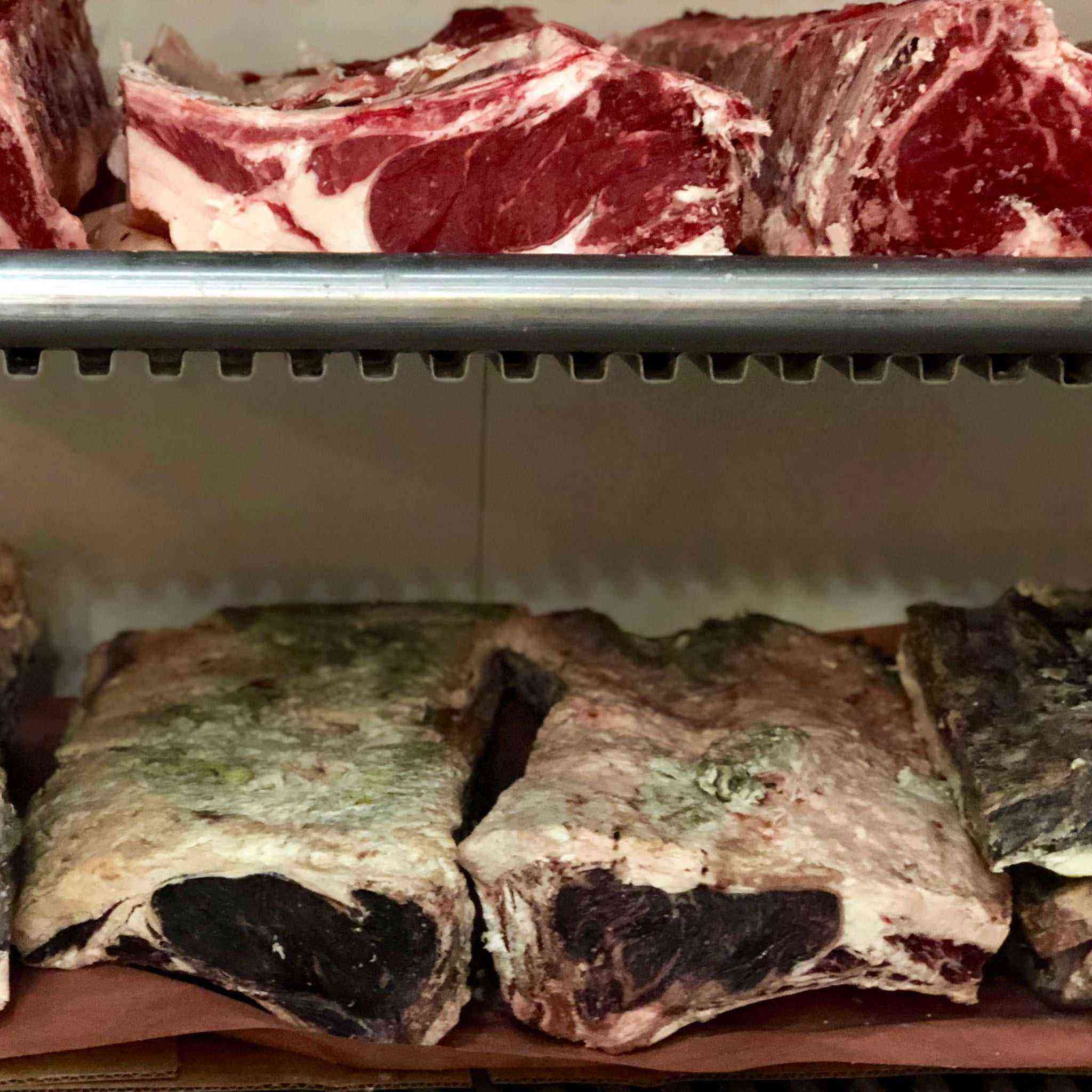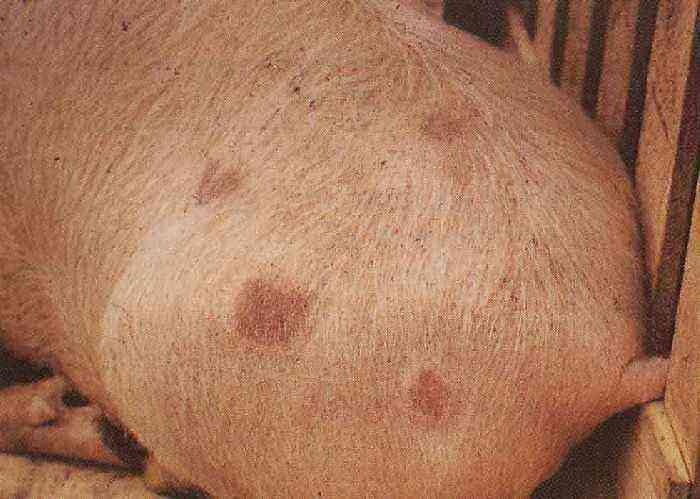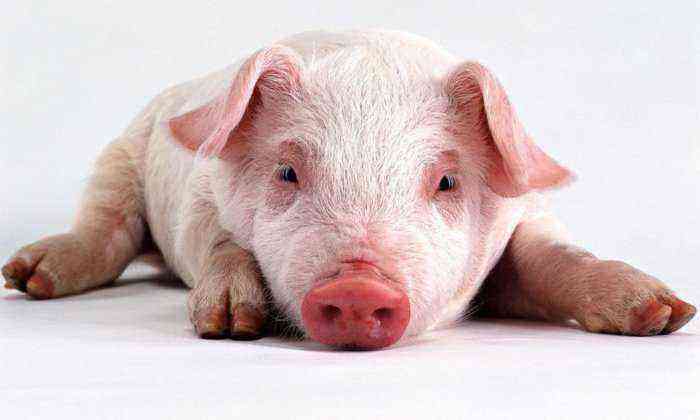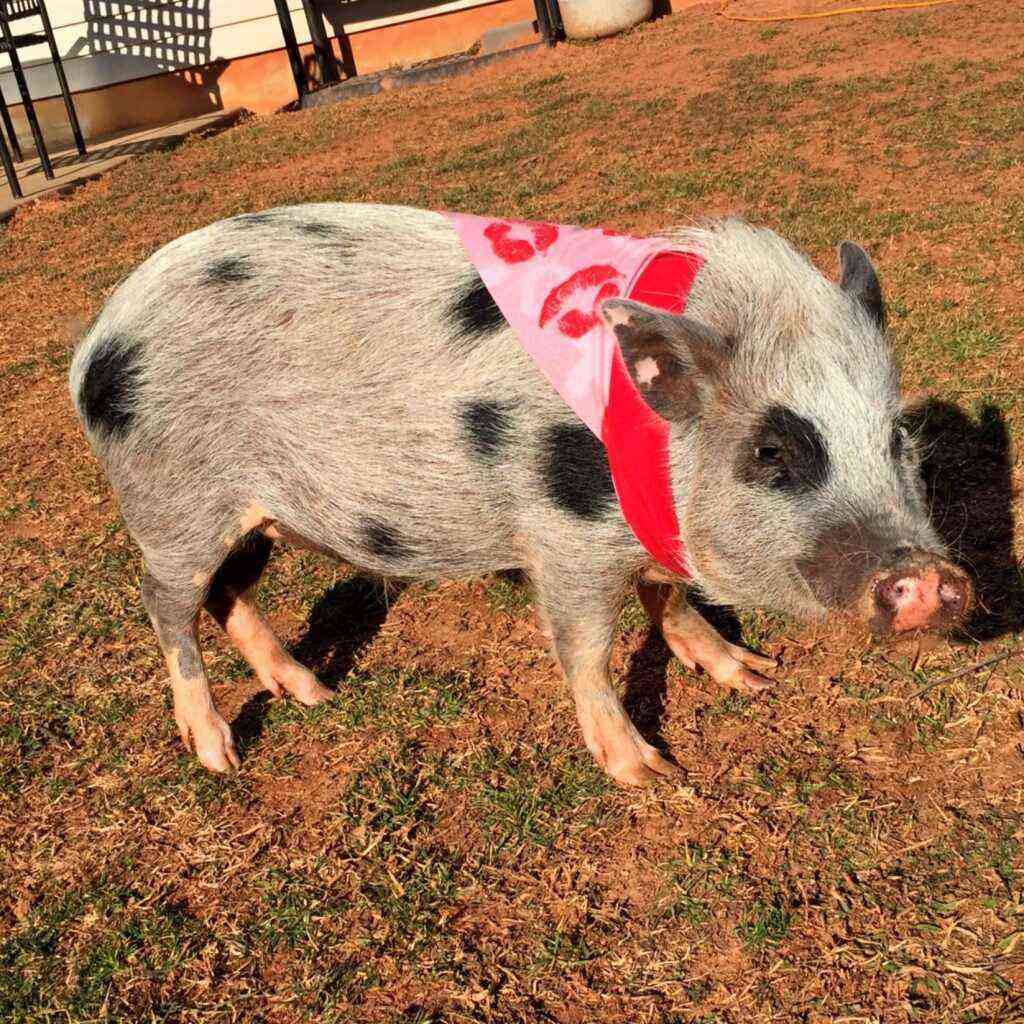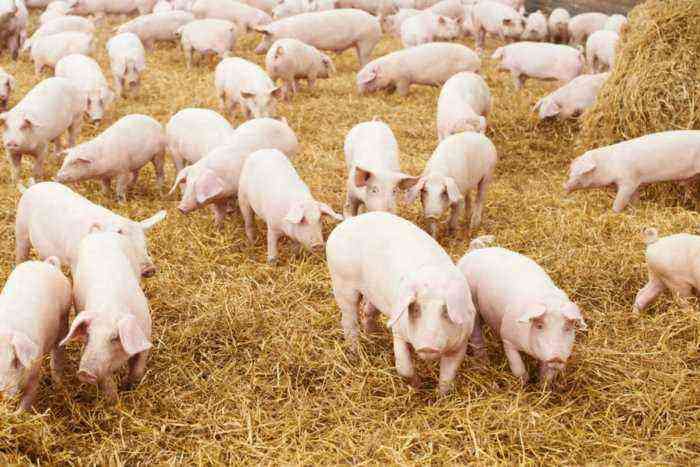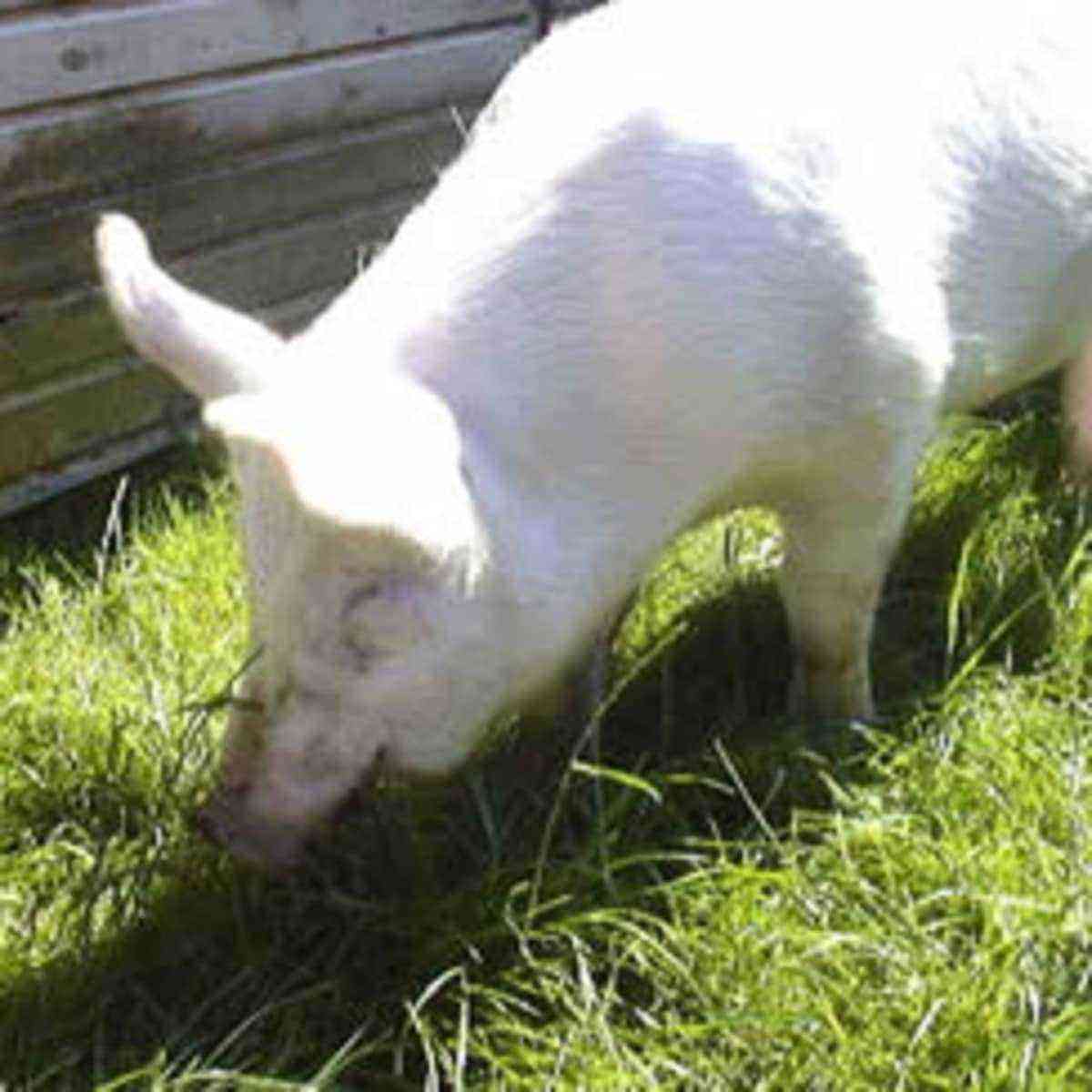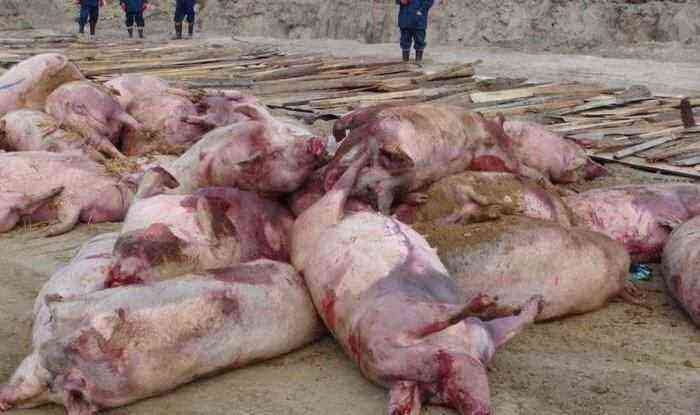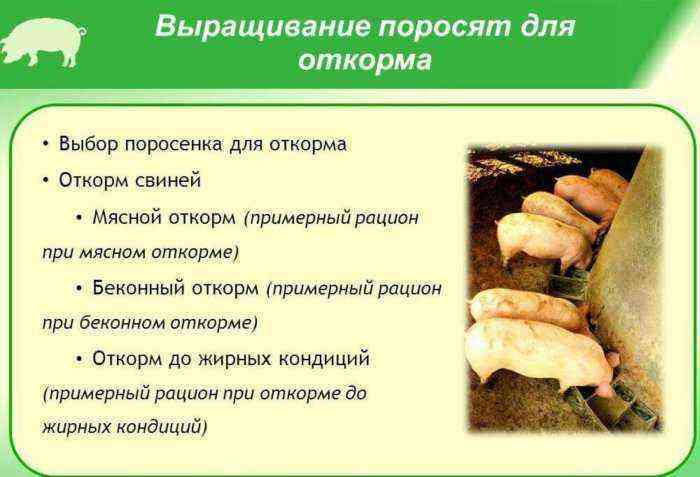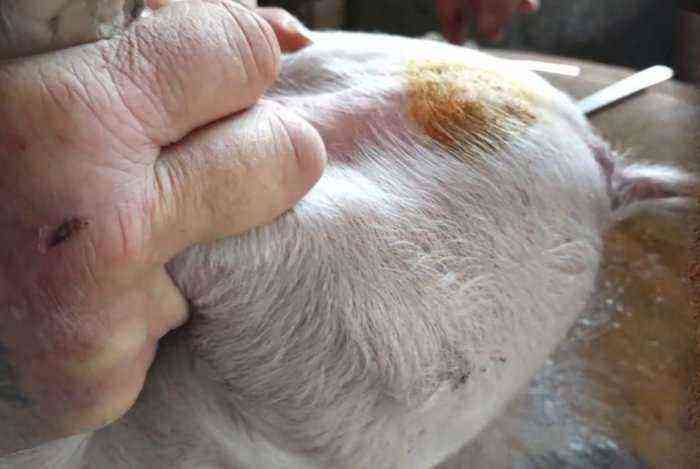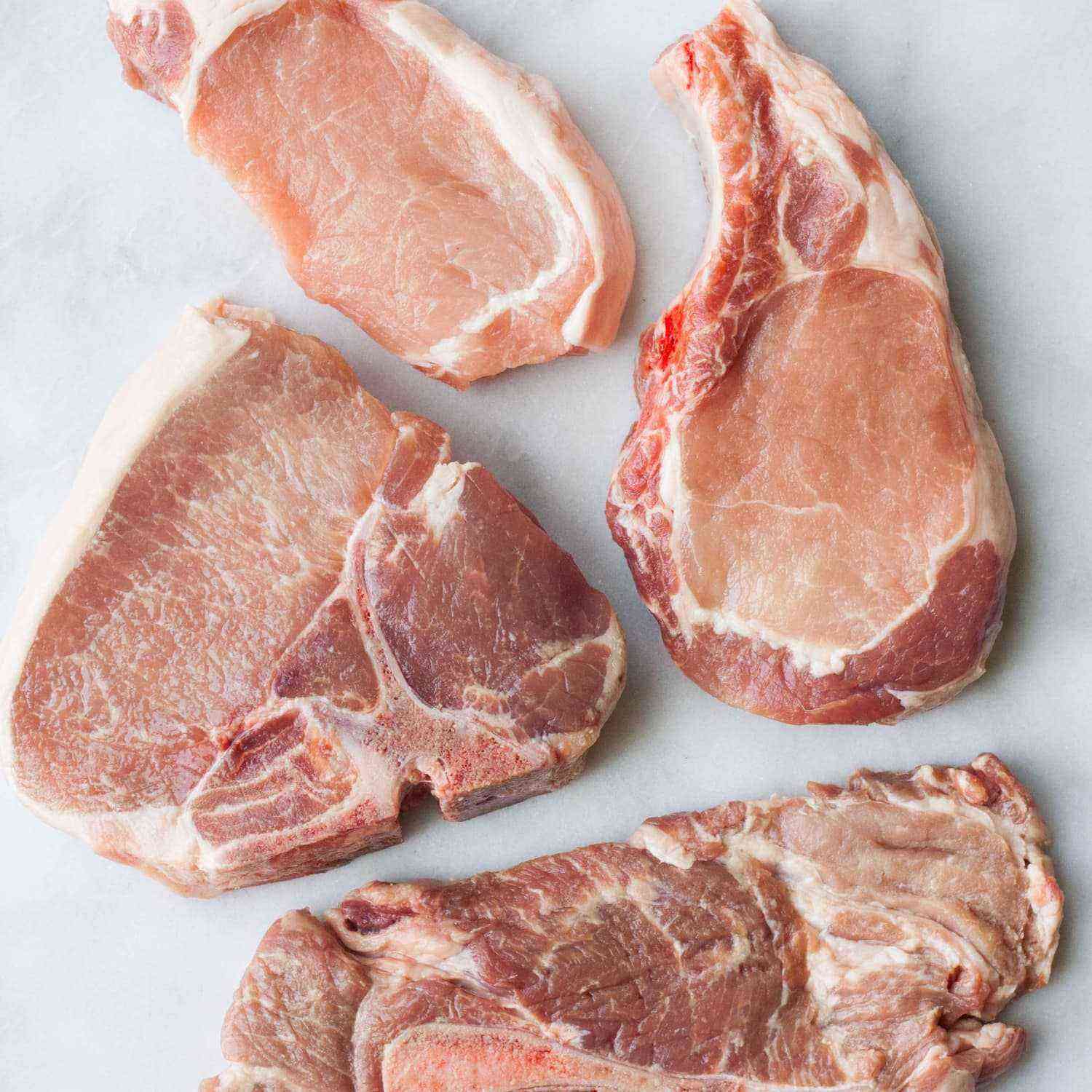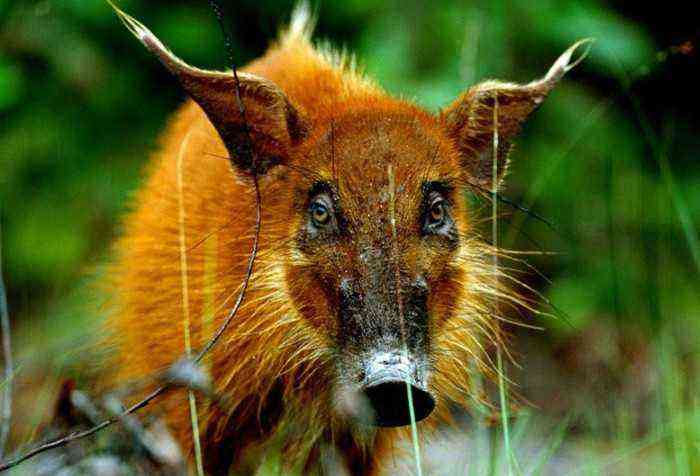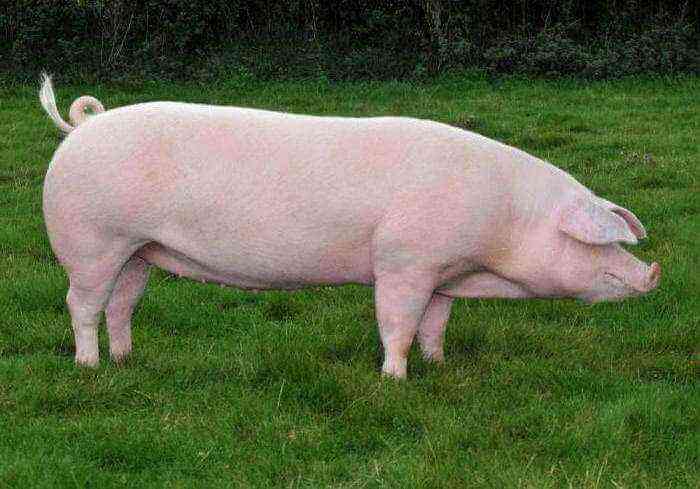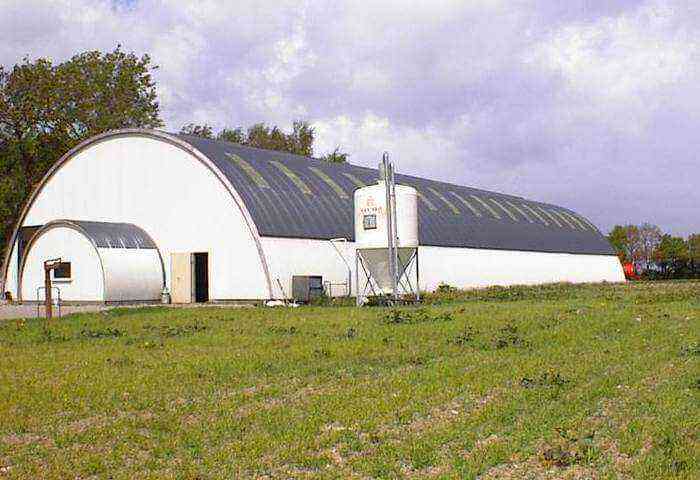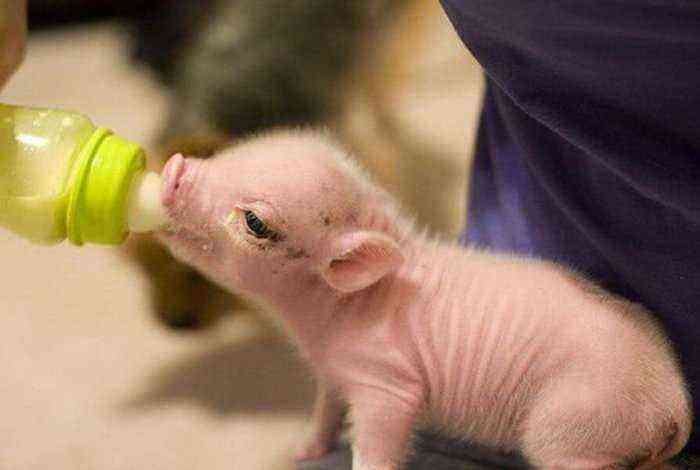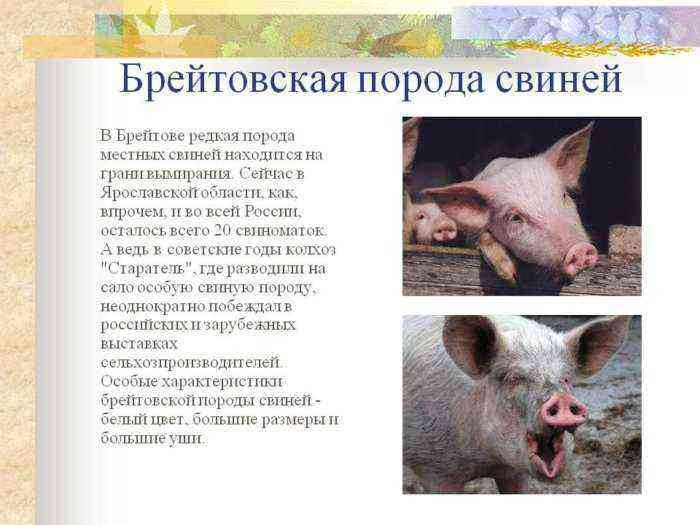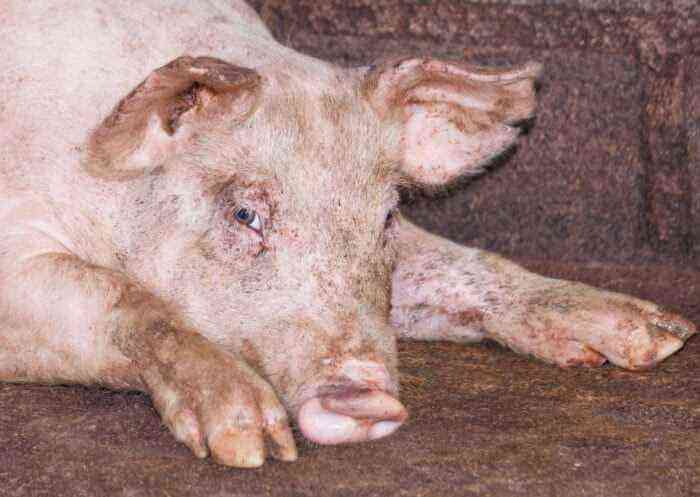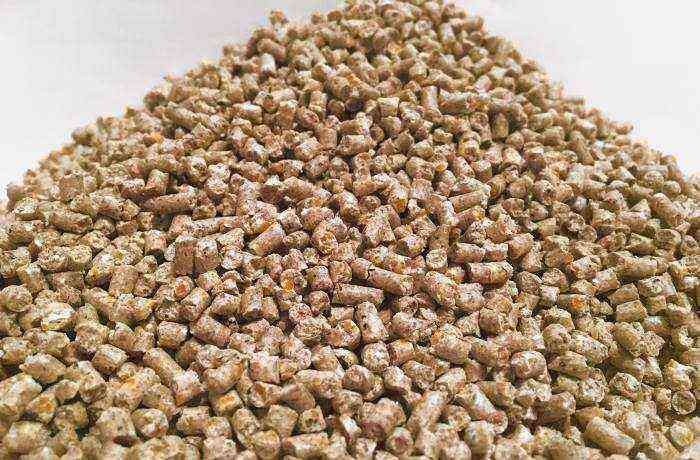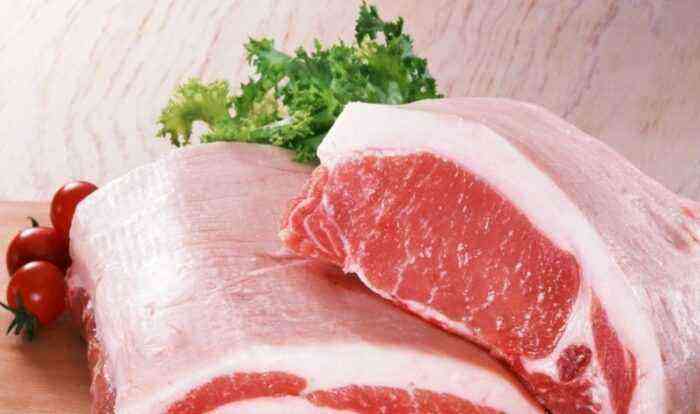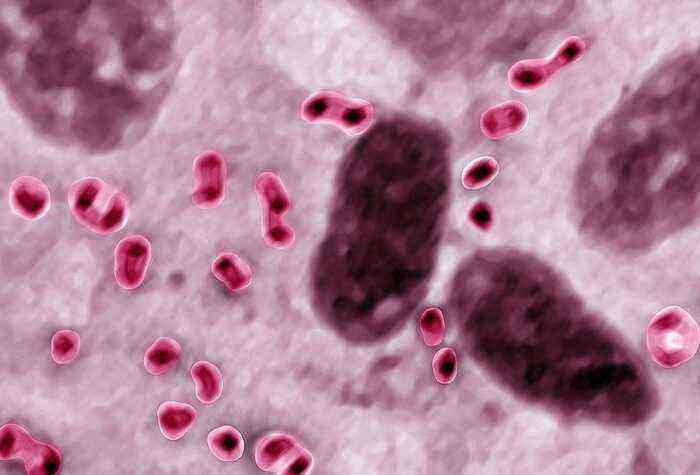Aujeszky’s disease in pigs is also called false rabies. It is characterized by damage to the digestive organs and lungs, as well as the central nervous system. The disease extends not only to pigs, but also to other animals, including dogs and cats, as well as cattle. Interestingly, the manifestation of pseudorabies in animals occurs in different ways – in the form of severe itching of the skin, fever, paralysis and convulsions. In this article, readers will learn what are the symptoms of Aujeszky’s disease in pigs and how it is treated.
Treatment of a sick pig
History of occurrence and spread of the disease
Until 1902, this ailment had not yet been sufficiently studied. For the first time, the data about him were systematized and presented by a doctor from Hungary, Aladar Aujeski. He conducted research and found out that this disease is caused by a virus containing a DNA molecule, and that it is an independent unit. In 1938, the International Congress of Veterinarians decided to name this disease after the doctor.
In Russia, the disease, then still without a name, was described in 1909 or 1911, when cases of cattle infection with it were recorded. A little later, 4 years later, a Russian veterinarian described how pseudorabies occurs in sheep.
Aujeszky’s disease is distributed throughout the world, although outbreaks have occurred infrequently in the Russian Federation. The disease can cause enormous damage to farms. The virus spreads very quickly – within a week it is able to cover half of the livestock. Young animals and pregnant sows are more susceptible to infection. Penetrating into the body of animals, the virus destroys the cells of the walls of the veins and capillaries of internal organs, which leads to edema and hemorrhage.
Ways of infection
The virus enters the body of pigs mainly through the alimentary route, less often through microdamages on the skin or respiratory organs. The source of infection are sick animals or those that have already suffered this disease. They remain virus carriers for a long time. Lactating piglets become infected through mother’s milk. Infection can also occur through the placenta. If the sow recovers and then farrows, her cubs will be born with immunity to AD, but it will be temporary – up to 50 days.
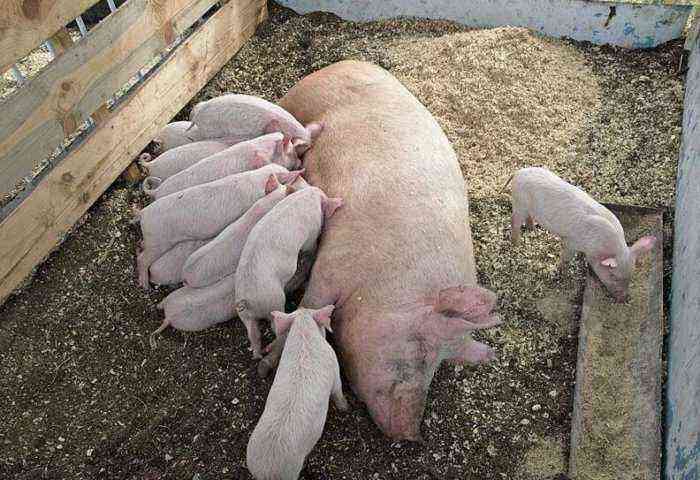
Sow with offspring
Viruses are isolated from sick individuals and virus carriers in the following ways:
- with faeces;
- urine;
- mucous discharge from the nasal passages;
- from the eyes;
- with milk;
- with secretions from the genitals.
Animals become infected through direct contact with sick individuals, through inventory, bedding, and feed.
Important! Skin parasites – fleas, ticks, as well as rodents – rats and mice, are also carriers of the virus. That is why before the outbreak of the disease on the farm, there is a mass death of rodents, as well as domestic animals.
Signs and symptoms
The incubation period lasts from 6 to 20 days. In pigs of different ages, the clinical manifestations of the disease are different. Adults have:
- Fever. The temperature rises sharply and reaches 41-41,5 degrees.
- Lack of appetite.
- Oppression.
- Respiratory manifestations – cough, sneezing, rhinitis.
Reference. Adults recover within a few days.
In piglets under the age of 10 days, the disease is especially acute. Babies cannot suckle their mother’s milk, they die in just a day. In young animals from 2 weeks to 3 months, the nervous system suffers, so the symptoms of the disease manifest themselves differently than in adults:

Piglets, sick with Aujeszky, in a depressed state
- anxiety, agitated state;
- spasms of the larynx;
- the animal lies on its side, spreads its limbs, as if swimming;
- hard breath;
- frothy saliva comes out of the mouth;
- the pig takes the pose of a sitting dog;
- unsteadiness of gait;
- circular walking;
- convulsions, paralysis.
Attention! In pregnant pigs, if they become infected with the virus, abortions and the birth of dead cubs are possible.
Forms of the disease
There are 5 forms of the course of Aujeszky’s disease of pigs:
- epileptic;
- stunned;
- mixed;
- pulmonary;
- intestinal.
The epileptic form is characterized by convulsions, swelling of the eyelids, prolapse of the third eyelid. At the same time, piglets show signs of rhinitis: sneezing, mucus flow from the nose, as well as tearing and photophobia. In a sick individual, saliva is abundantly secreted. The reaction to a shout or touch may be a heart-rending squeal.
With the stun-like form of the disease, piglets become inactive. Usually they rest with their snout against the wall and freeze in this position for a long time. In some cases, due to paralysis of the neck, the pig’s head can take an unnatural position, for example, it turns to the side or tilts back. The pinnae can also change direction.
The mixed form of the disease is characterized by the presence of all the symptoms that are inherent in the epileptic and oglum-like forms. In a sick piglet, periods of anxiety are replaced by weakness and apathy, in rare cases, a cough is observed.
In the pulmonary form, the respiratory organs are mainly affected, so the sick individual develops a cough. The animal often sneezes, and mucus is released from the nasal passages. Along with these symptoms, conjunctivitis develops.
In the intestinal form, diarrhea rapidly develops in animals. The stool contains blood impurities. The pig quickly loses weight, dehydration sets in. Sometimes vomiting occurs.
Attention! In individuals who have recovered, immunity to this disease is formed for up to 3 years.
Treatment
At the moment, there are no effective means capable of destroying the virus that causes Aujeszky’s disease. Immunoglobulins and hyperimmune serum are used to treat sick individuals, but they do not always help.
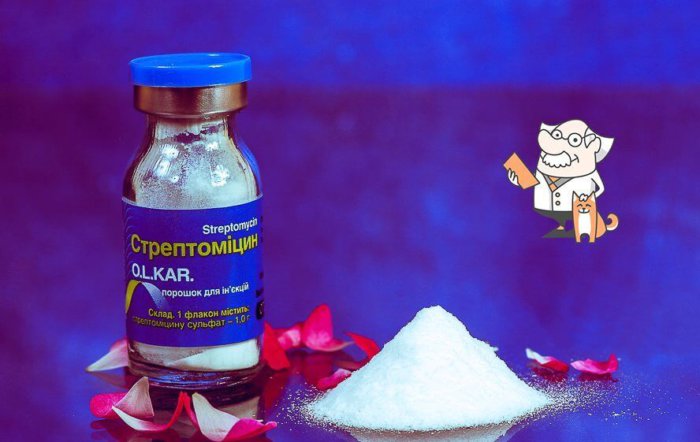
Streptomycin
To prevent the attachment of a bacterial infection, broad-spectrum antibiotics are used – Biomycin, Streptomycin, Penicillin.
Prevention
For the prevention of the disease, special vaccines VGNKI and Buk-622 are used. After the introduction of the first, stable immunity is formed for up to one and a half years. The second vaccine helps protect animals from the dangerous virus for 10 months.
Reference. Piglets are vaccinated for the first time at the age of 2 weeks, and again after 2 months. For adults, the second vaccination is carried out one year after the first.
Pigs that have already been ill with this disease are recommended to be fattened and sent for slaughter, as they are virus carriers.
Other preventive measures:
- rodent control – rats, mice on the farm;
- the use of repellents from ticks and fleas that are able to carry the virus;
- quarantine of animals that arrive at the farm;
- purchase of feed for pigs from trusted suppliers;
- it is unacceptable to engage in breeding work near the fattening points, as well as near the points of food waste.
Attention! One of the sources of the spread of the virus is people, so if there is a threat of infection, it is necessary to impose a restriction on visiting the farm by outsiders.
Aujeszky’s disease (pseudo-rabies) causes great damage to farms due to the rapid death of young animals and the forced slaughter of animals. Therefore, it is important to pay attention to the prevention of this disease – to carry out vaccination and immunization of livestock in a timely manner.
